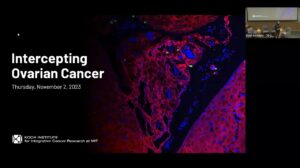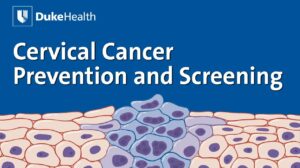NEW YORK (Reuters Health) – Delivery of the antispasmodic, antimuscarinic agent oxybutynin in a topical gel relieves urinary symptoms and improves health-related quality of life in women with overactive bladder, with fewer side effects than oral or transdermal oxybutynin.
That’s according to an all-female subgroup analysis of a previously published phase 3 study of oxybutynin topical gel (OTG). The original study, published in 2009, included men and women with urgency and mixed urinary incontinence.
Results of the subgroup analysis were published online August 16 in the American Journal of Obstetrics and Gynecology.
Overactive bladder is a common problem, particularly in women, with an estimated 13% of women in Europe and Canada and 17% in the United States suffering from the condition, Dr. Peter K. Sand of the Evanston Continence Center, NorthShore University HealthSystem, University of Chicago, Illinois and colleagues note in their paper.
Hallmark symptoms, which include urinary incontinence, particularly urgency urinary incontinence, often interfere with daily social and work activities, impair sexual function and lead to depression.
Oral oxybutynin is a well-established treatment, but it’s associated with anticholinergic side effects, such as constipation, blurred vision, dizziness, and dry mouth. These adverse effects are attributed to presystemic metabolism of oxybutynin in the liver and gut.
Transdermal oxybutynin is another option, one that has fewer side effects than the oral route. However, some patients who use the patch delivery system develop skin reactions at the application site.
OTG, from Watson Laboratories, Inc, which sponsored the study, is a gel-based formulation of 10% oxybutynin (1 gram) that is applied once daily and results in a pharmacokinetic profile similar to that of the oxybutynin patch.
The subgroup analysis involved 704 women; half received OTG or placebo gel once daily for 12 weeks. The gel was applied to rotating sites on the abdomen, upper arms/shoulders and thighs.
The mean urinary frequency dropped by 2.8 episodes daily with OTG compared with 2.0 fewer episodes per day with placebo. There was also a greater reduction in incontinence which dropped by 3.0 episodes a day with OTG and by 2.5 episodes a day with placebo. The mean urinary void volume increased by 22.7 mL with active treatment and by 4.0 mL with placebo.
After 12 weeks, 27% of women receiving OTG achieved continence compared with 16% of women receiving placebo. Overall health-related quality of life improved to a greater degree with OTG than placebo.
Roughly 11% of women in each arm discontinued treatment; 1.7% of women in the OTG group and 2.0% in the placebo discontinued due to drug-related adverse events. The most common adverse event with OTG was dry mouth, occurring in 7.4% compared with 2.8% with placebo. Application site pruritus occurred in 2.3% of women in the OTG arm compared with 0.9% in the placebo arm.
The investigators note that the study only lasted for 12 weeks and does not address the long-term efficacy or tolerability of OTG.
Dr. Sand and several co-authors have financial relationships with the company; two authors are employees of the company.
Reference:
Efficacy and safety of oxybutynin chloride topical gel for women with overactive bladder syndrome
Am J Obstet Gynecol 2011. Published online August 16, 2011.




